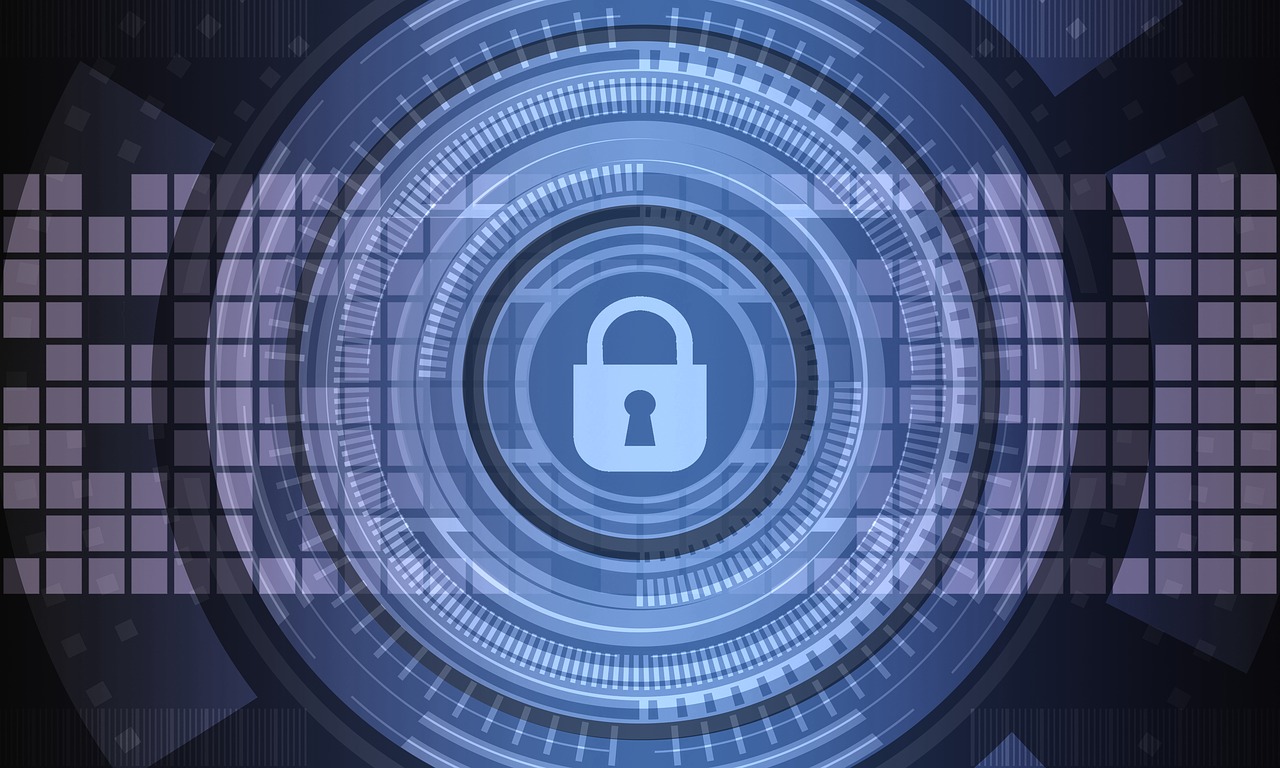Cybersecurity is a hot topic today. People understand the importance of securing digital data. However, they often overlook the physical aspects of doing so. Three components play a role in physically securing the data: access control, active surveillance on an ongoing basis, and testing. If one of these components isn’t properly implemented, the entire system might fail. What should every company know about the importance of physical security?
What Is Physical Security?
Physical security is designed to protect humans and assets from harm. Although the focus has turned to digital security, physical security cannot be ignored. Security teams need to come together to protect digital assets, and a Security Center SaaS program can be of help with this.
The Importance of Physical Security
Real-world threats are everywhere today. Physical security measures protect people and assets from these threats, including internal and external threats to data security. Business owners often focus on entryways while ignoring other parts of the building. Physical security measures need to encompass the entire property, including any smoking areas, garages, and more. Industry insiders refer to this as deep or layered protection.
Security Measures
Physical security components are far-reaching. Access control measures need to cover the entire facility. Biometric and ID cards are two ways to prevent unauthorized visitors. Surveillance cameras are often used to monitor large areas. However, a business might wish to look into more sophisticated tools for high-risk areas.
Merging Physical and Digital Security
At one time, physical and digital security teams worked independently. Today, however, physical security teams often turn to digital solutions, such as SaaS offerings to improve the measures the teams put into place. For example, the physical team might recommend moving to virtual machines and applications because they offer the same level of security as their physical counterparts.
AI is also helping to improve security measures. A company might use AI to analyze video surveillance in real time and alert security teams to anomalies. Robots and drones might patrol the grounds and send an alert to anything unusual that is detected. Automation may also be used to monitor crowds. It is ideal for facial recognition and behavioral analysis tasks.
Physical Security Threats
Physical security threats come in several forms. Social engineering is one threat that cannot be overlooked. A cybercriminal manipulates, influences, or threatens a person into sharing sensitive information. However, threats might also be physical or technological. Physical security measures function to keep humans and assets from these threats, natural disasters, and other catastrophes.
How Can Physical Security Be Protected?
Remote access is one way to protect humans and assets. Gates prevent people from entering restricted areas and surveillance ensures that anyone who gets past the gates will be caught on camera. There will be a record of movement in these restricted areas. Alarms and access control systems let security teams know where there has been a breach so they can respond accordingly. Data backups and regular audits are crucial to keeping humans and assets safe from harm.
Never discount the importance of physical safety. Digital security teams play a vital role in keeping people safe. However, they must work with physical security teams to provide the highest level of protection. One cannot be too careful today, as threats are everywhere. Make physical security a priority and the risk of an attack will decrease.



 Bitcoin
Bitcoin  Ethereum
Ethereum  Tether
Tether  Solana
Solana  XRP
XRP  USDC
USDC  Cardano
Cardano  Lido Staked Ether
Lido Staked Ether  Avalanche
Avalanche  TRON
TRON  Toncoin
Toncoin